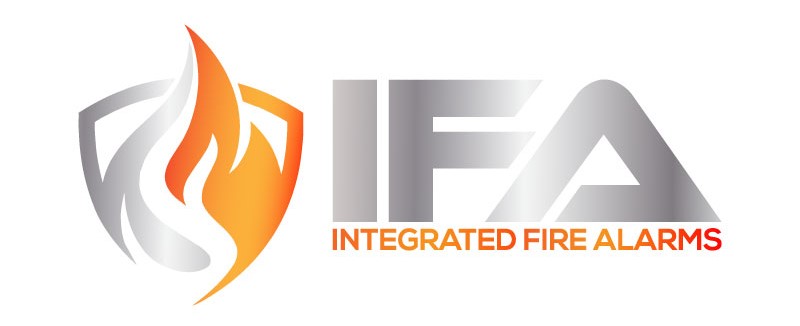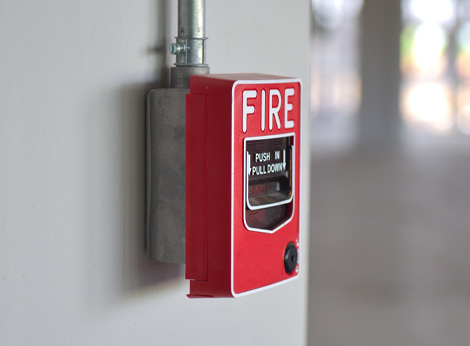When it comes to fire safety, every second counts. That’s why fire alarm monitoring response times are a crucial factor in ensuring the safety of a property and its occupants. This article will delve into the importance of fire alarm monitoring response times, how they are measured and factors that affect them, as well as tips to improve response times and ensure the best protection possible.
The Importance of Fire Alarm Monitoring Response Times
Fire alarm monitoring response times can mean the difference between a minor incident and a devastating fire. Rapid response from monitoring centers and emergency services can help minimize damage and save lives. By understanding the factors that influence response times and taking steps to improve them, property owners can ensure a higher level of safety for their homes or businesses.
Faster Response Can Save Lives and Property
A fire can spread rapidly, engulfing a building in a matter of minutes. According to the National Fire Protection Association (NFPA), a small flame can turn into a major fire in just 30 seconds. Therefore, quick response times are crucial to saving lives, reducing property damage, and minimizing the overall impact of a fire.
Improved Communication and Coordination
Efficient communication between the fire alarm monitoring center, property owners, and emergency services is crucial in ensuring a swift response to a fire alarm. Faster response times can lead to better coordination between these parties, making it easier to address the situation and prevent further damage.
Enhanced Reputation and Customer Trust
For businesses, having a fire alarm system with quick response times can enhance their reputation and increase customer trust. Clients and customers value safety, and a reliable fire alarm monitoring system can be a significant selling point.
Measuring Fire Alarm Monitoring Response Times
Fire alarm monitoring response times are typically measured from the moment an alarm is triggered to the time when emergency services are dispatched. This process can be broken down into several steps:
- Alarm activation: The fire alarm system detects a potential fire and sends a signal to the monitoring center.
- Signal reception: The monitoring center receives the alarm signal and matches it with the property’s account information.
- Operator assignment: The alarm event is assigned to a human operator who assesses the situation.
- Verification: The operator follows the instructions provided by the property owner, often attempting to contact them to verify the alarm event.
- Dispatch: If the alarm event is deemed legitimate, the operator dispatches the appropriate emergency services.
Most fire alarm monitoring companies define response times as the elapsed time between steps 2 and 3 – from signal reception to operator assignment. It’s important to note that actual response times can vary depending on factors such as the monitoring center’s efficiency, communication methods, and emergency services availability.
Factors Affecting Fire Alarm Monitoring Response Times
Several factors can influence fire alarm monitoring response times, including:
Monitoring Center Efficiency
The efficiency of a monitoring center plays a significant role in determining response times. A well-managed center with sufficient staffing, advanced technology, and streamlined processes can respond to alarm events more quickly and effectively.
Communication Methods
The method by which a fire alarm system communicates with the monitoring center can also impact response times. Cellular monitoring, for example, is generally faster and more reliable than traditional landline-based systems. Additionally, newer systems may utilize internet-based communication methods, which can further improve response times.
Emergency Services Availability
Response times can be affected by the availability and proximity of emergency services. In some cases, local emergency response teams may be stretched thin or located far away from the property, leading to longer response times.
Property Owner Contact Information
Up-to-date contact information for property owners is essential for quick verification and dispatch. If a monitoring center operator cannot reach a property owner or their designated contacts, it may delay the dispatch of emergency services.
Tips to Improve Fire Alarm Monitoring Response Times
To ensure the fastest possible response times, property owners can take several steps to optimize their fire alarm monitoring systems:
- Choose a reputable monitoring center: Look for a monitoring center with a strong track record of efficient response times, advanced technology, and industry certifications.
- Opt for cellular or internet-based communication: Avoid landline-based systems and opt for faster, more reliable communication methods such as cellular or internet-based monitoring.
- Keep contact information up to date: Ensure that your monitoring center has your current contact information and any designated emergency contacts to facilitate faster verification and dispatch.
- Regularly test and maintain your fire alarm system: Regular testing and maintenance can help ensure that your system is functioning properly and that any issues are addressed promptly.
The Role of Emergency Services in Fire Alarm Response Times
It’s important to remember that fire alarm monitoring response times only account for the time it takes for a monitoring center to process an alarm event and dispatch emergency services. The actual response time of emergency services may vary depending on factors such as their location, availability, and the severity of the incident. Property owners should be aware of the average emergency services response times in their area and factor this into their overall fire safety planning.
The Future of Fire Alarm Monitoring Response Times
As technology continues to advance, fire alarm monitoring response times are likely to improve even further. The development of artificial intelligence (AI) and machine learning, for example, may enable more efficient alarm event processing and verification, leading to faster dispatch times. Additionally, the integration of smart home technology may allow for more effective communication between fire alarm systems, monitoring centers, and emergency services, further streamlining the response process.
Conclusion
Fire alarm monitoring response times are a critical aspect of fire safety, and understanding the factors that influence them is essential for property owners. By choosing a reputable monitoring center, utilizing advanced communication methods, and keeping contact information up to date, property owners can help ensure the fastest possible response times in the event of a fire. As technology continues to evolve, the future of fire alarm monitoring response times looks promising, with the potential for even faster and more efficient responses to protect lives and property.

